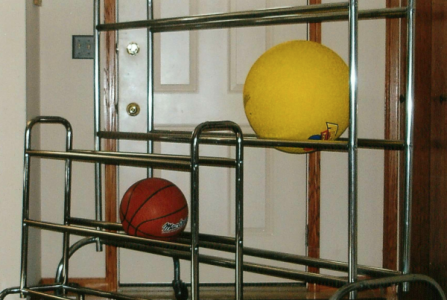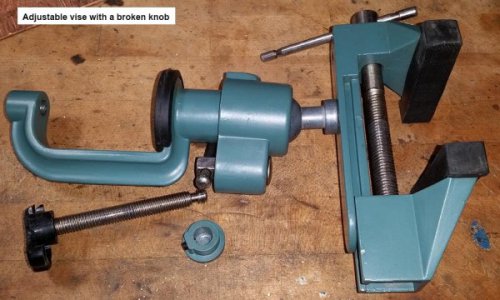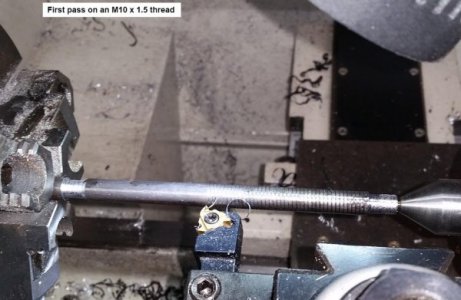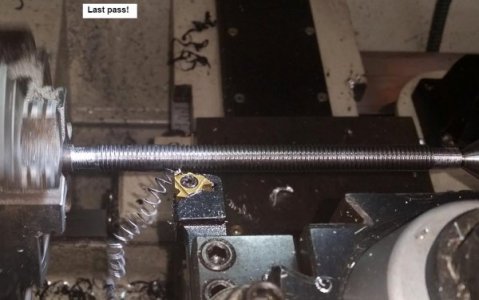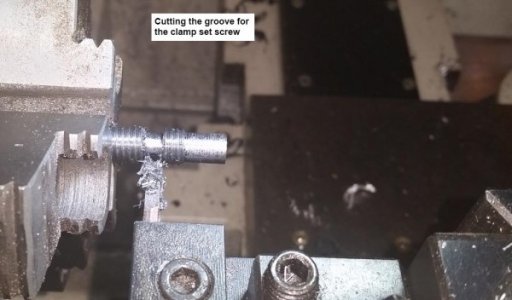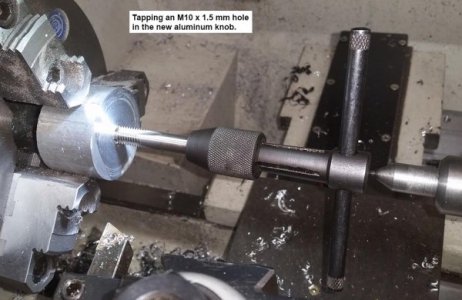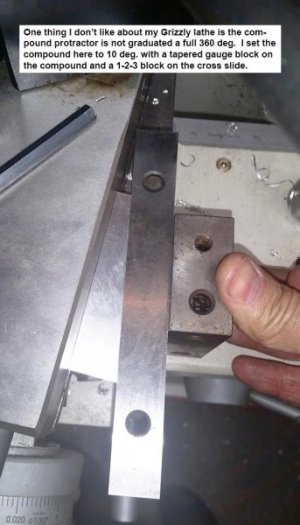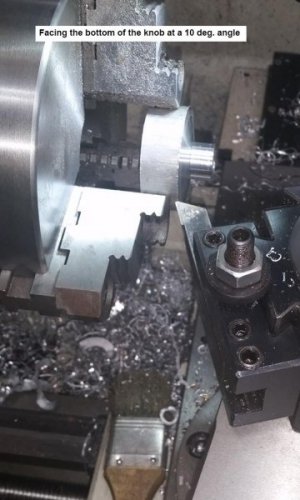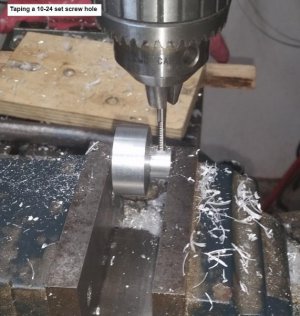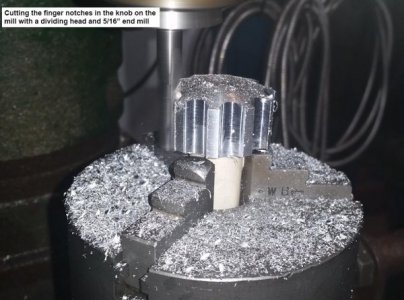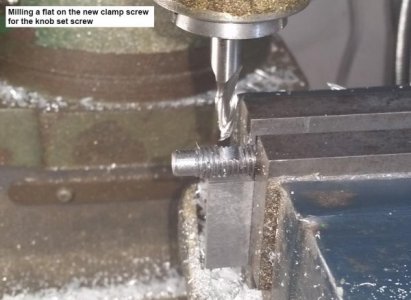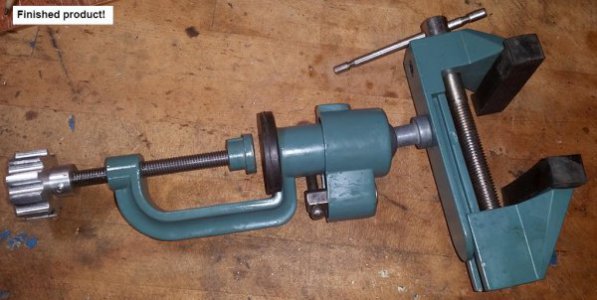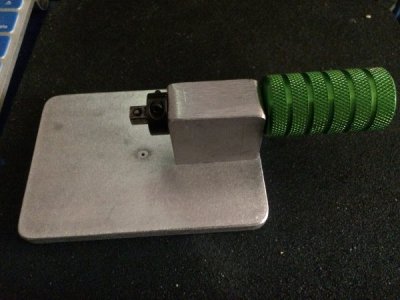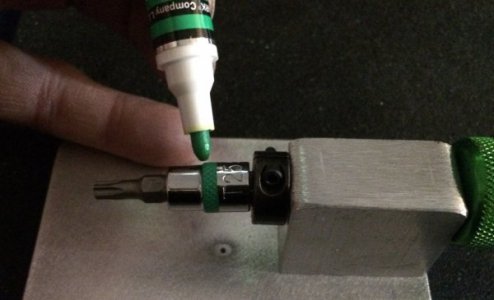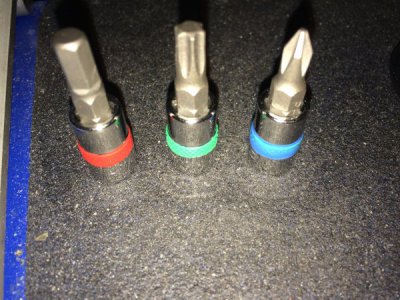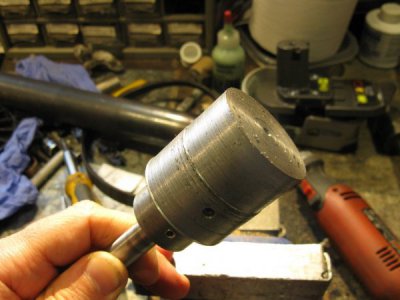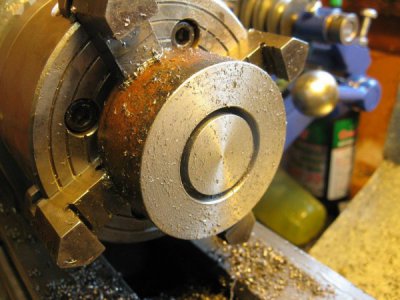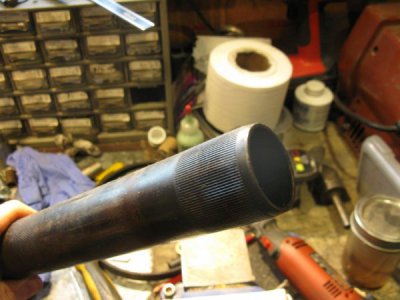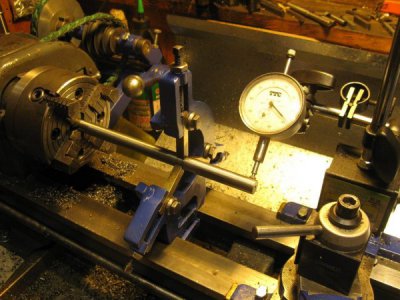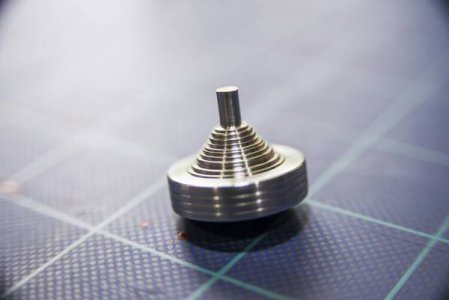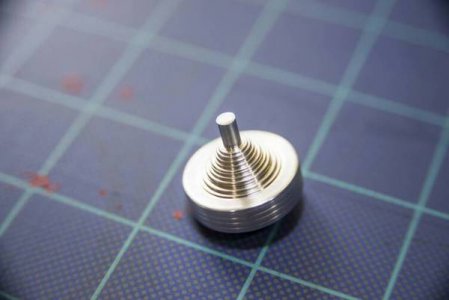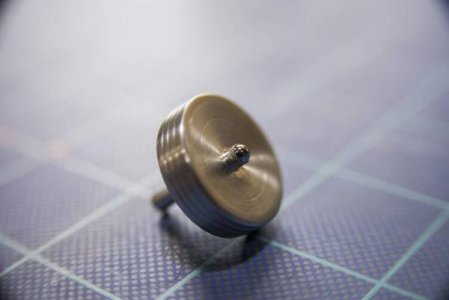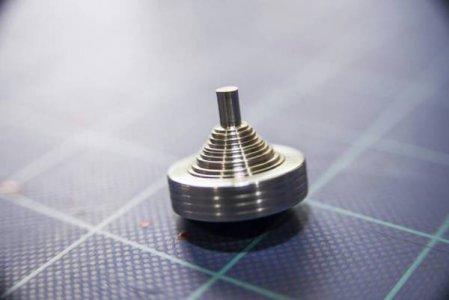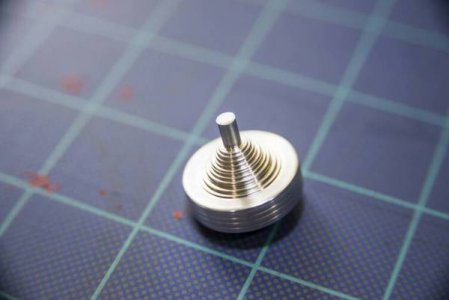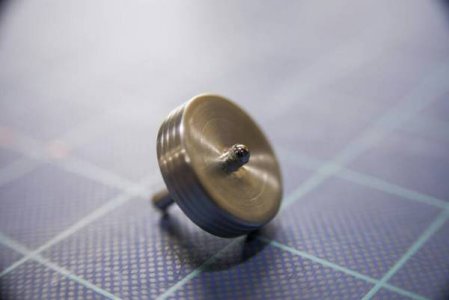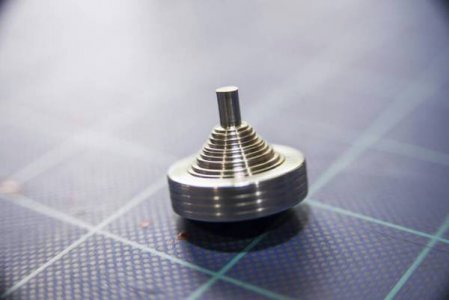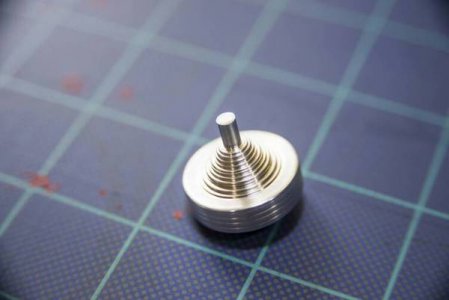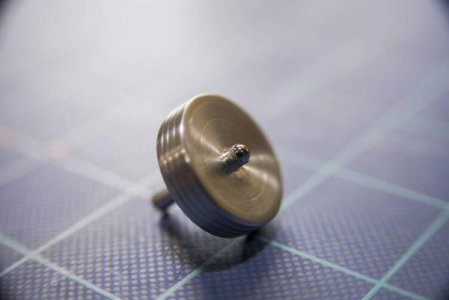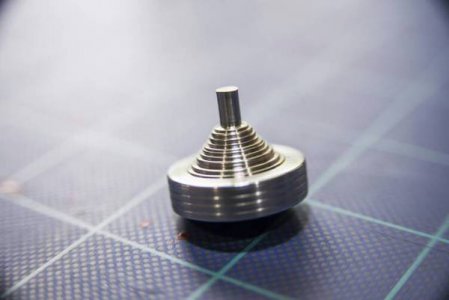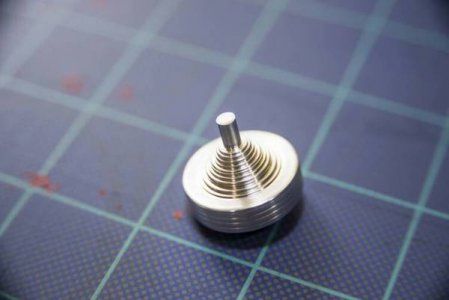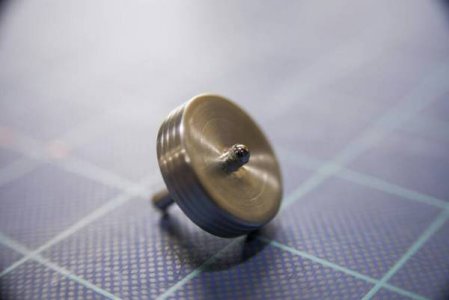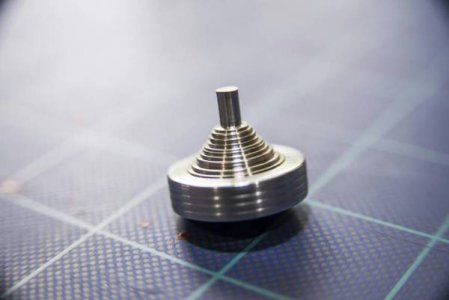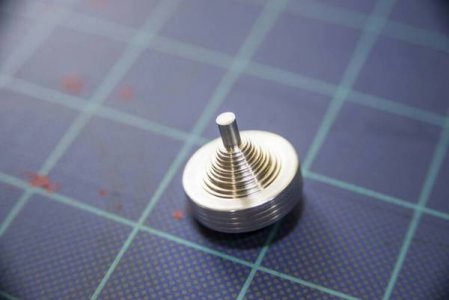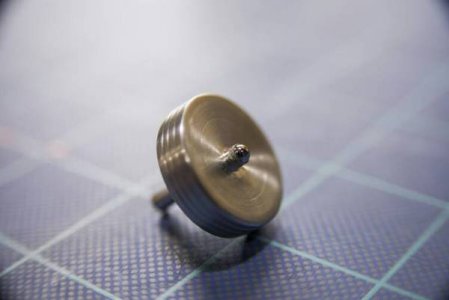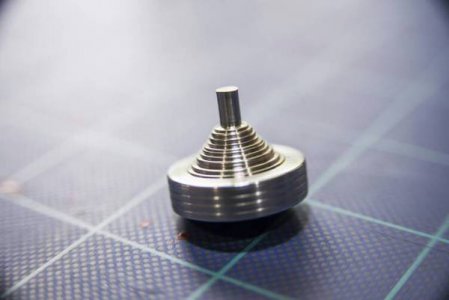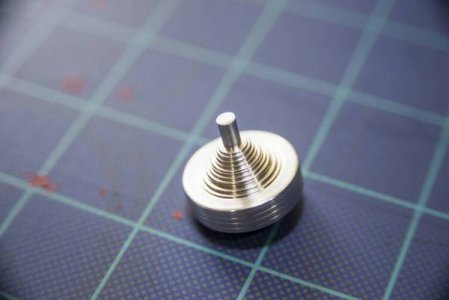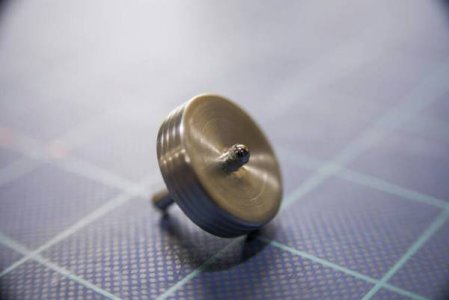I've just had to get a third blower housing, and it took extra effort to find just the housing, as Gravely has decided now that the mower is a couple of years old, if you need a new housing, you also need to buy all the bits and pieces that go inside the housing as well [which adds several hundred dollars to the cost, yay].
Anyway, the housing gets wrecked because something other than grass gets sucked in, such as a branch or occasionally a rock, and if the object goes through at just the right angle, it gets wedged between the fan and the housing, and since the housing is plastic, the fan pushes the object through the housing. This is the picture of the damaged housing:
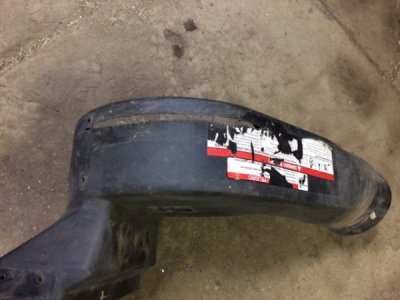
Here's the shield and the new housing:
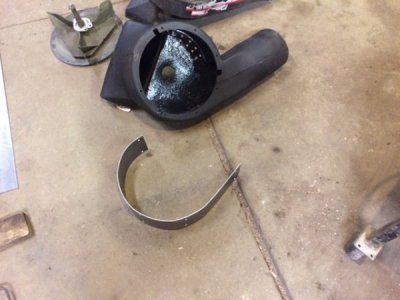
This is the fan assembly. The tips of each blade are all curved backwards, even after I welded braces to each one, and worn so they are sharp. I think I need to buy or make another blade assembly with thicker blades [or at least thicker tips], as they are only maybe 5/32" or so thick mild steel.
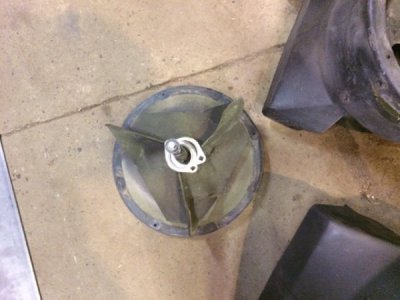
The finished assembly. It's also been previously been modified so the housing is less of a structural member, by adding that metal bar to hold the idler wheel assembly to the mounting bracket, as well as internally an bent plate to connect the inside bearing to pulley assembly, as the original housing failed at both the inside bearing [directly behind that black pulley] and at each end of the mounting bracket [originally, all the weight of the blower assembly transfers to the lawn mower via 2 bolts through the plastic housing at each end of the mounting bracket]. Now the point of failure for the assembly seems to be the bolts on the mower deck [they go through the holes at each end of the mounting bracket].
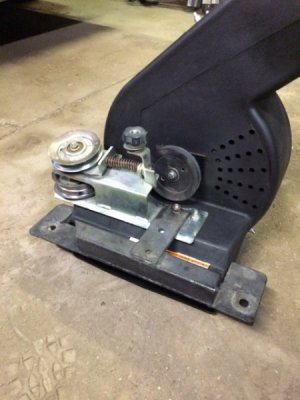
Tomorrow, I see how it works.
The shield does add significantly to the weight of the assembly, I may have to make another shield from 3/32" or 14 gauge steel instead to lose some weight.
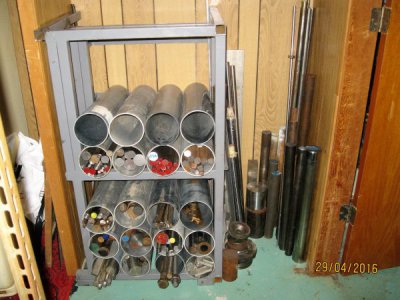 " theme, I am almost done re-purposing a rack that came from an in home oxygen delivery truck. The tubes are 5" diameter and 24" long. All the stock I have that is longer ( 5' lengths ) are stored out in the shed. I also discovered that I have WAY TOO MUCH FORGED 4140 , this is air brake cam shaft and there is close to 100' of 1 1/2" and 1 1/4" going back to the scrap steel bin at work.
" theme, I am almost done re-purposing a rack that came from an in home oxygen delivery truck. The tubes are 5" diameter and 24" long. All the stock I have that is longer ( 5' lengths ) are stored out in the shed. I also discovered that I have WAY TOO MUCH FORGED 4140 , this is air brake cam shaft and there is close to 100' of 1 1/2" and 1 1/4" going back to the scrap steel bin at work. " theme, I am almost done re-purposing a rack that came from an in home oxygen delivery truck. The tubes are 5" diameter and 24" long. All the stock I have that is longer ( 5' lengths ) are stored out in the shed. I also discovered that I have WAY TOO MUCH FORGED 4140 , this is air brake cam shaft and there is close to 100' of 1 1/2" and 1 1/4" going back to the scrap steel bin at work.
" theme, I am almost done re-purposing a rack that came from an in home oxygen delivery truck. The tubes are 5" diameter and 24" long. All the stock I have that is longer ( 5' lengths ) are stored out in the shed. I also discovered that I have WAY TOO MUCH FORGED 4140 , this is air brake cam shaft and there is close to 100' of 1 1/2" and 1 1/4" going back to the scrap steel bin at work.

